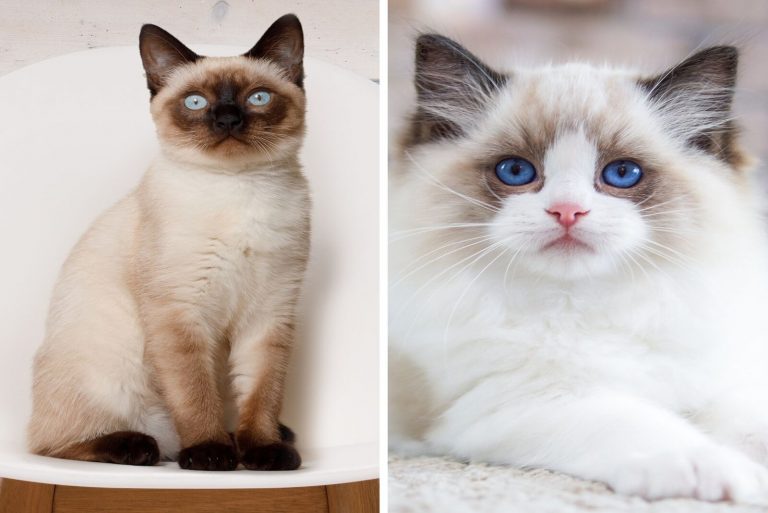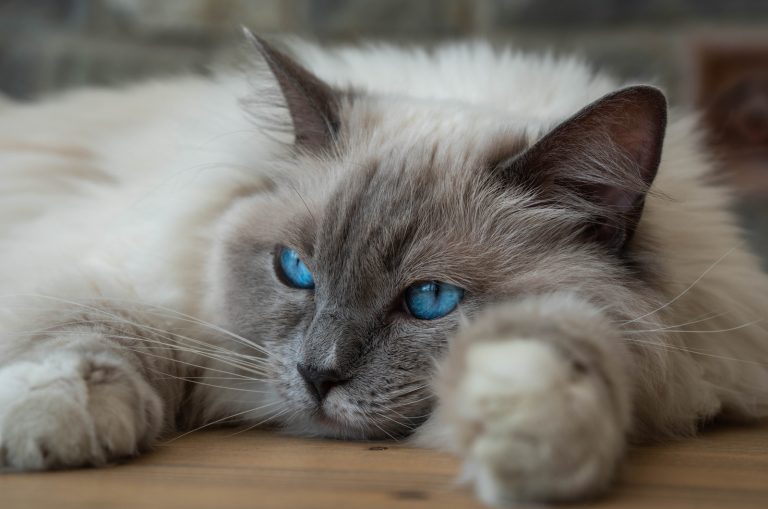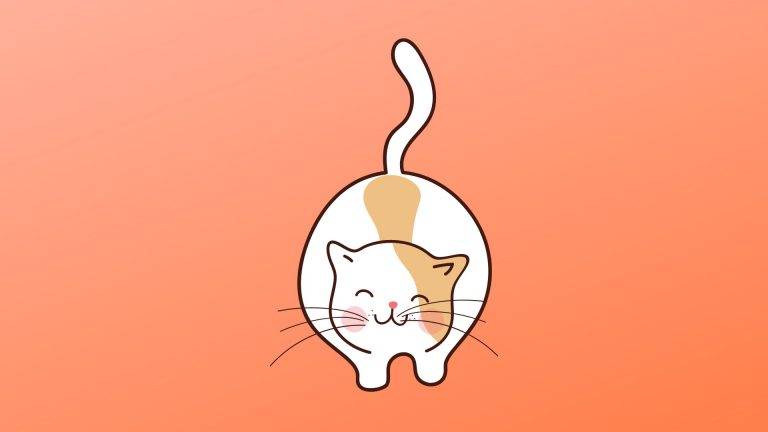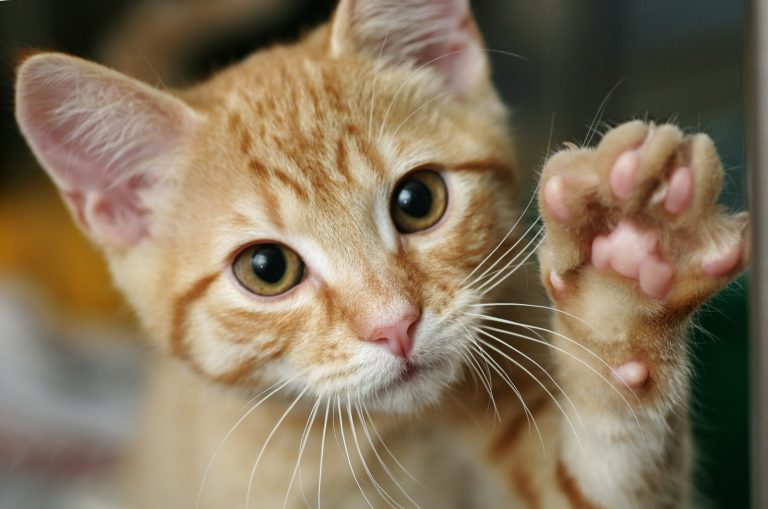14 Things People Always Get Wrong About Cats
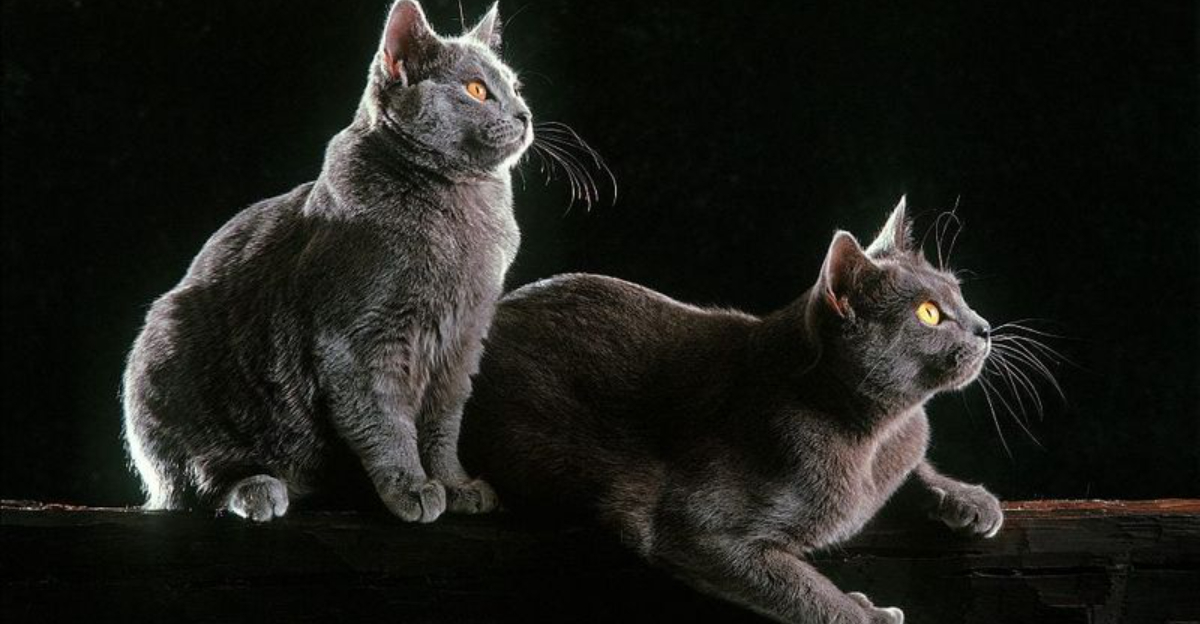
Our feline friends are surrounded by more myths than nine lives could dispel. From their emotions to their dietary needs, what we think we know about cats is often far from the truth.
Ready to have your cat knowledge challenged? These common misconceptions might surprise even the most dedicated cat parents.
1. Cats Are Cold And Unaffectionate
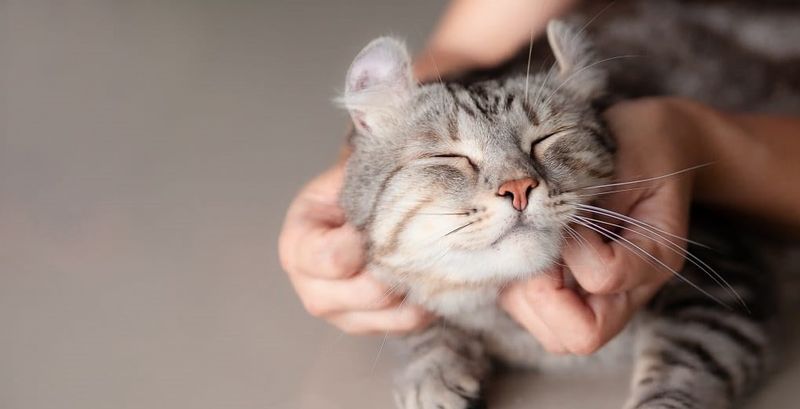
The ‘aloof cat’ stereotype couldn’t be further from truth. Many cats follow their humans from room to room, sleep beside them, and show affection through slow blinks, purrs, and gentle headbutts.
They simply express love differently than dogs do – more subtly and on their own terms.
2. Purring Means A Cat Is Happy
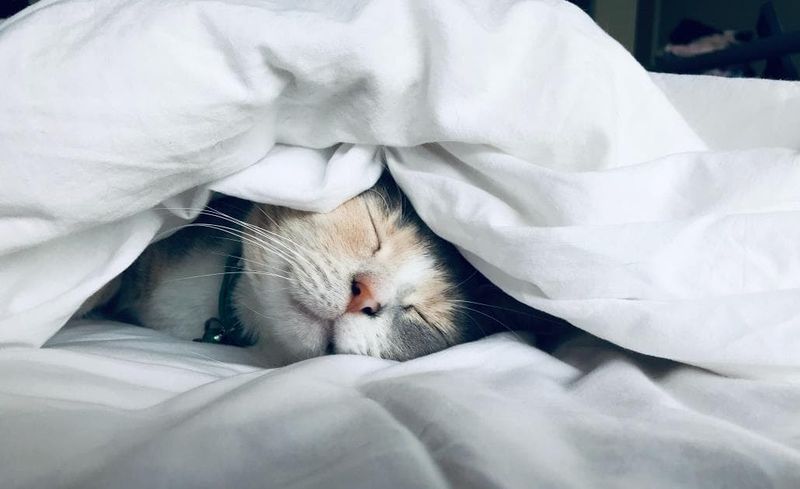
That soothing rumble isn’t just for happy moments. Cats also purr when injured, frightened, or even while giving birth.
Scientists believe purring might have healing properties, vibrating at frequencies that promote tissue regeneration. It’s their way of self-soothing during stress.
3. Cats Hate Water
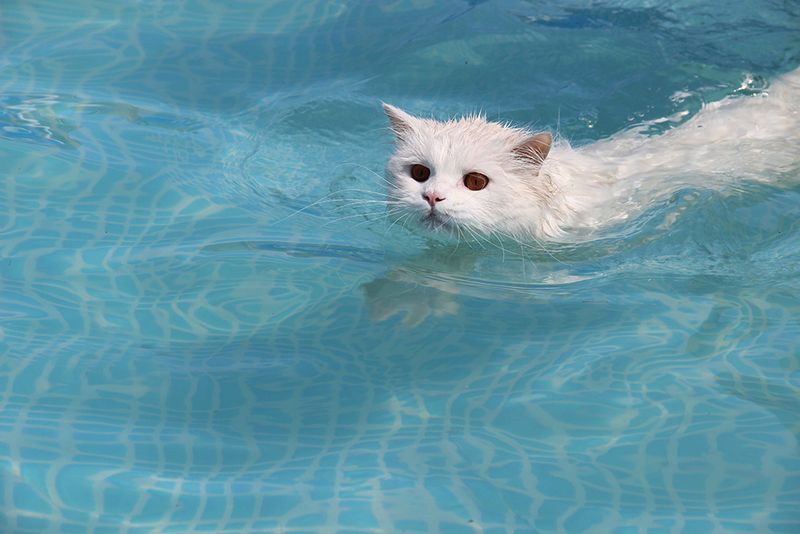
While your average housecat might flee from bath time, not all felines fear water. Maine Coons often play with water bowls, and Bengal cats may hop into showers with their owners.
The Turkish Van, nicknamed the ‘swimming cat,’ naturally loves paddling around in water.
4. Cats Can Be Left Alone For Days
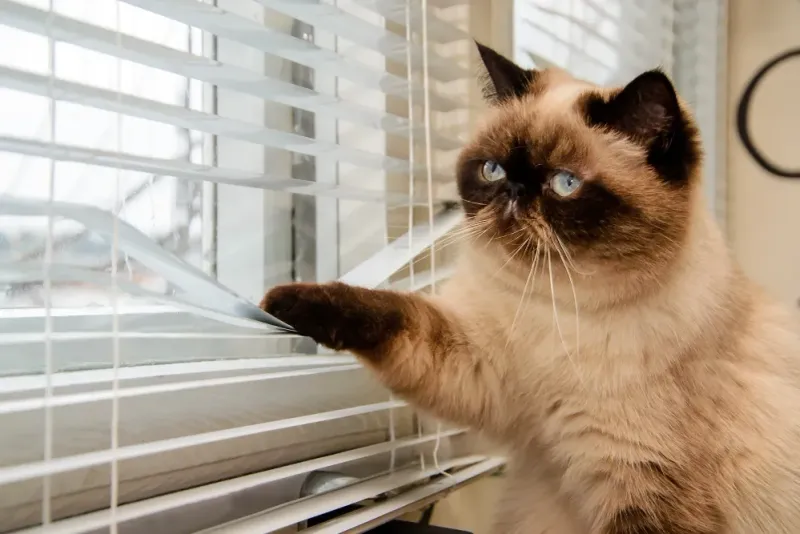
Your independent kitty still needs daily attention. Leaving cats alone for extended periods risks health emergencies going unnoticed and can trigger separation anxiety.
Even the most self-sufficient felines need fresh water, clean litter, and social interaction every day.
5. Declawing Is Harmless
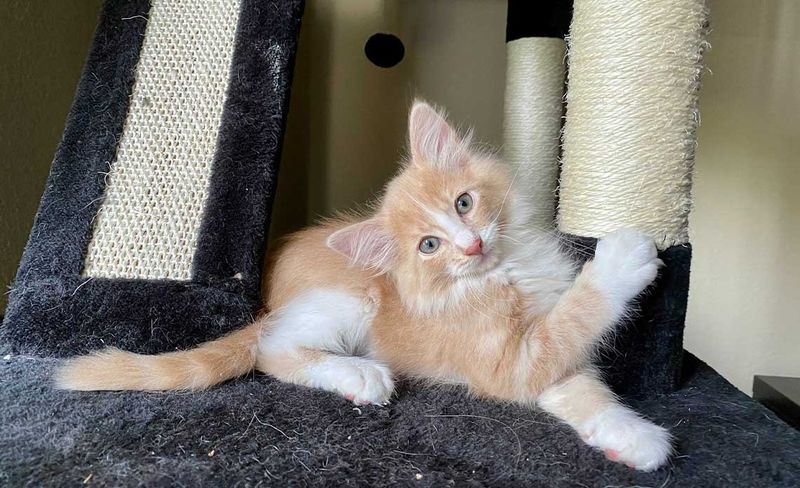
Far from a simple manicure, declawing surgically removes the last bone of each toe – equivalent to cutting off human fingertips at the first knuckle. This painful procedure can cause lifelong issues including chronic pain and behavior problems.
Many countries have banned it as animal cruelty.
6. Indoor Cats Don’t Need Vet Visits
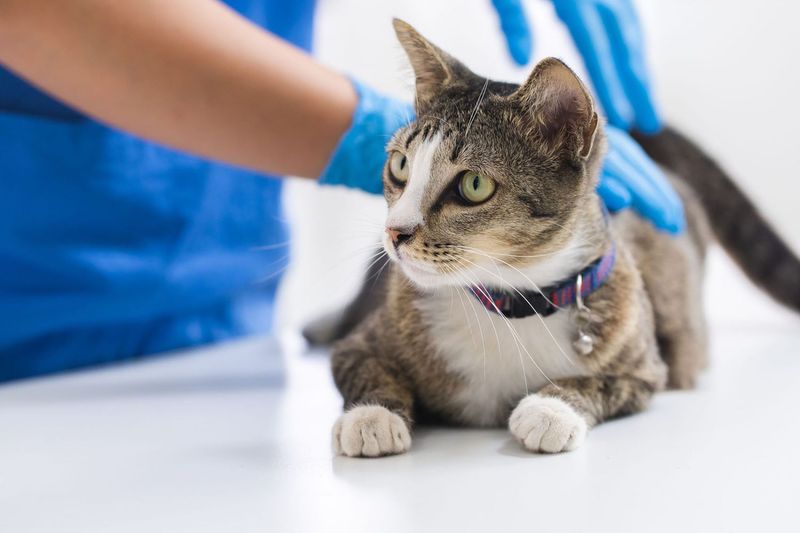
Just because Whiskers never leaves the living room doesn’t mean she’s immune to health issues. Indoor cats can develop dental disease, diabetes, kidney problems, and obesity without showing obvious symptoms.
Regular checkups catch problems early when they’re easier to treat.
7. Milk Is Good For Cats

That iconic image of cats lapping milk? Actually harmful in reality. Most adult cats are lactose intolerant – their bodies stop producing the enzyme needed to digest milk after kittenhood.
Offering dairy typically leads to uncomfortable digestive upset and messy diarrhea.
8. Cats Don’t Get Attached To People
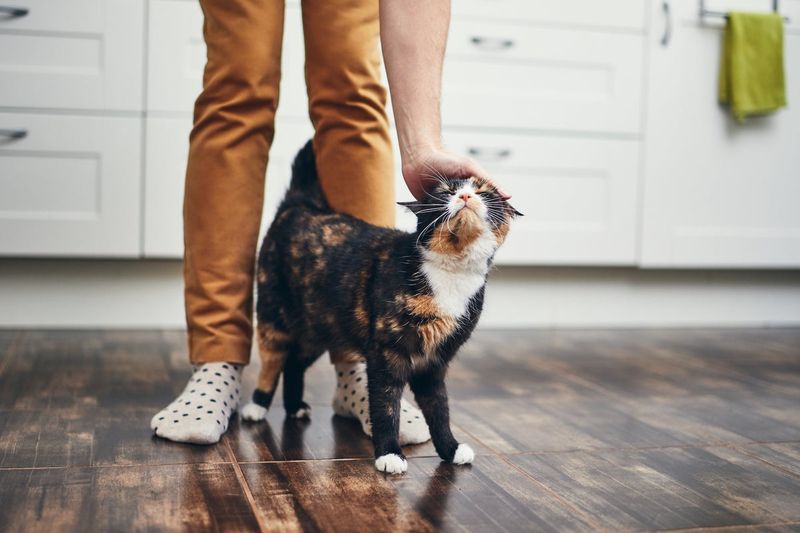
Research proves cats form secure attachment bonds similar to children and dogs. They recognize their owners’ voices and often show signs of distress when separated from their favorite humans.
Some cats even develop separation anxiety when their special person leaves home.
9. Cats Always Land On Their Feet
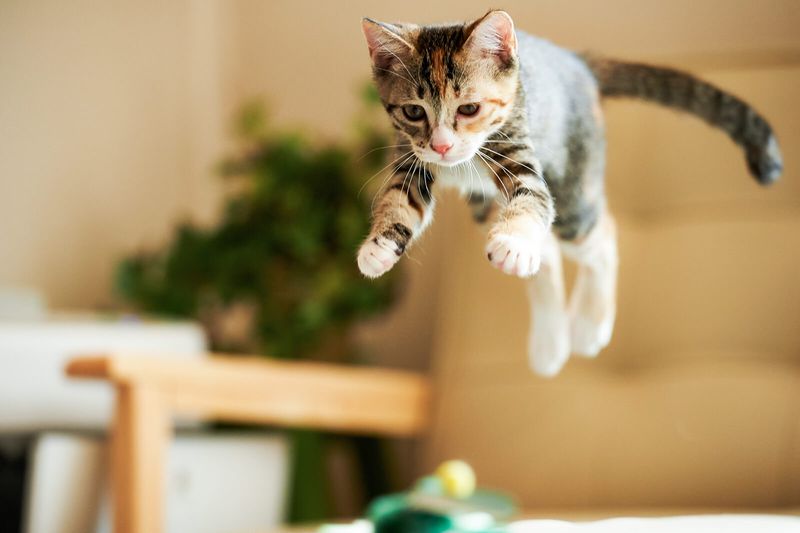
The famous righting reflex is impressive but not foolproof. Falls from very low heights don’t give cats enough time to position themselves properly. Ironically, moderate-height falls can be more dangerous than higher ones.
High-rise syndrome causes thousands of cat injuries annually.
10. Cats Don’t Need Training
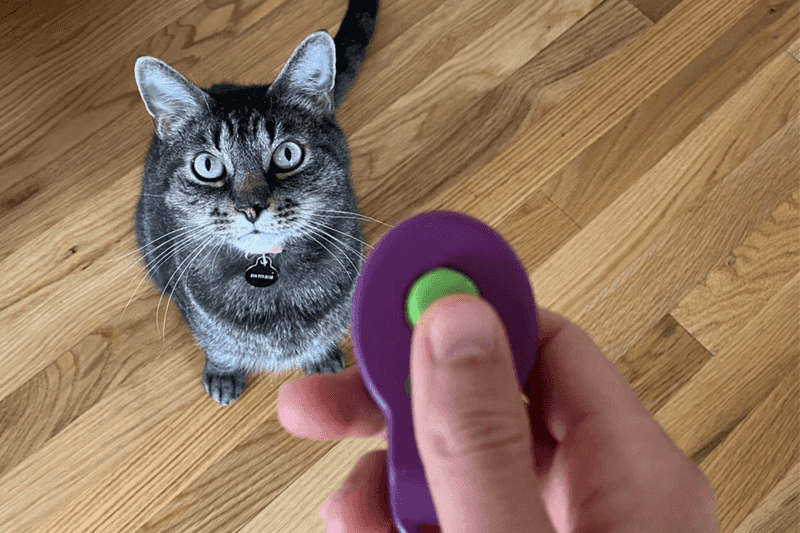
Felines are highly trainable when you understand their motivation. Using positive reinforcement and short, consistent sessions, cats can learn commands, tricks, and even agility courses.
Clicker training works wonderfully with their quick minds, teaching everything from high-fives to using toilets!
11. Cats Scratch Just To Be Naughty

When your cat shreds the sofa, they’re not being spiteful. Scratching maintains claw health, stretches muscles, and marks territory through scent glands in their paws.
It’s as natural and necessary as breathing – punishing it only creates confusion and stress.
12. Cats Can Eat Dog Food

Feline nutritional needs are unique and non-negotiable. Cats require high protein, specific amino acids like taurine, and particular vitamins that dog food simply doesn’t provide in sufficient amounts.
A cat exclusively fed dog food will develop serious health problems over time.
13. Cats Are Nocturnal
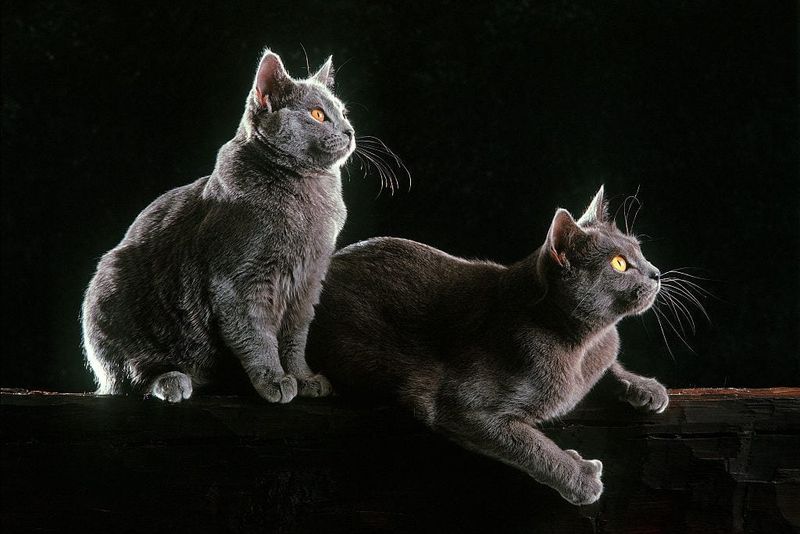
Contrary to popular belief, cats aren’t night owls. They’re crepuscular hunters, naturally programmed to be most active during dawn and dusk when prey is abundant but visibility still good.
This explains why your cat might wake you with energetic play at 5 AM!
14. A Cat’s Tail Always Reflects Its Mood
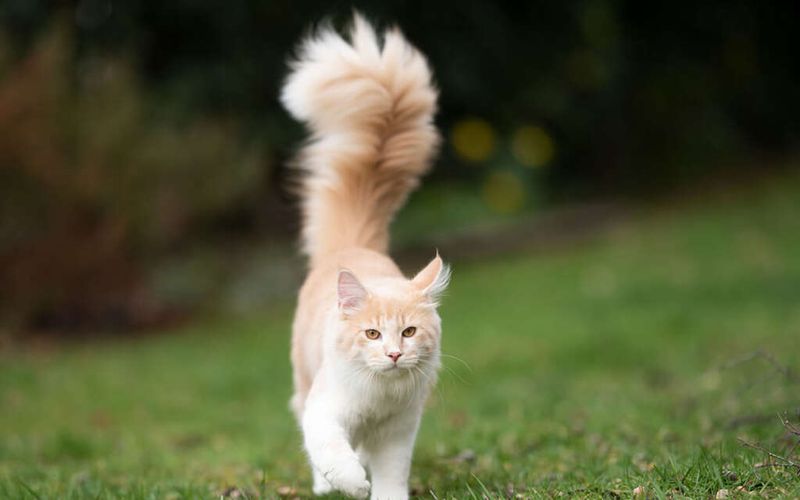
Tail positions offer clues but can be misleading without context. A vertical tail usually signals confidence, but in certain situations might indicate aggression.
For accurate mood reading, observe the whole package: ears, eyes, body posture, and vocalizations all contribute to feline communication.

